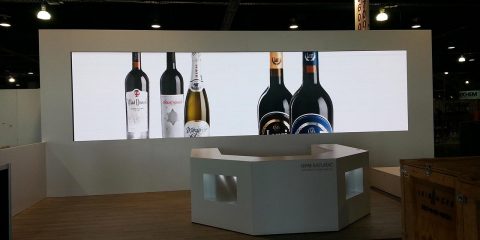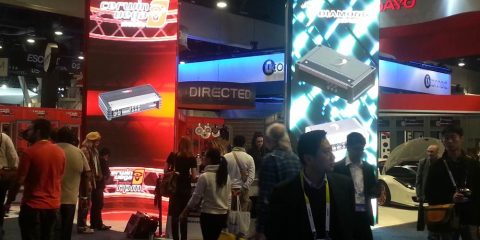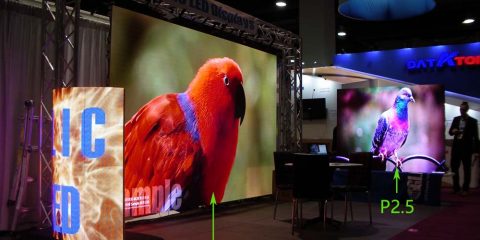
NEWS

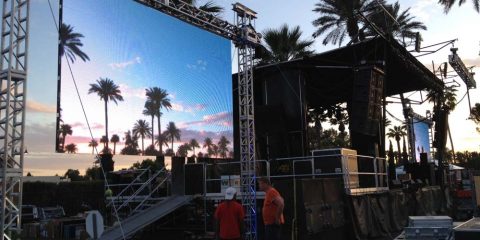
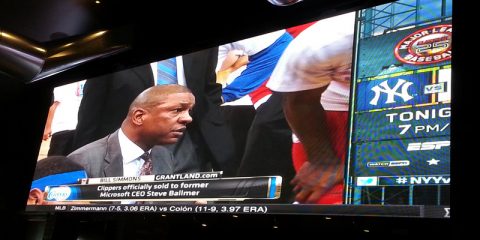
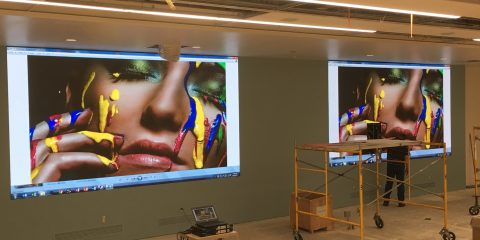
PHOTO GALLERY
-
1What is LED?
A light-emitting diode (LED) is a semiconductor light source.LED stands for light-emitting diode. That is, simply, a semiconductor device that converts electricity to light by using the movement of electrons.
There are many advantages to LEDs over incandescent or fluorescent light bulbs. LED lights consume much less energy. They are 300 percent more efficient than a compact fluorescent light (CFL), and 1,000 percent more efficient than an incandescent bulb. They have a very long life, about 50,000 hours of use at 70 percent of their original power. (LEDs don’t burn out or flicker, they simply fade.) This works out to eight hours a day for 13 years at 70 percent power. A typical 60-watt incandescent bulb may last about 1,000 hours
LED lighting contains no mercury or other toxins. LEDs emit no ultra violet (UV) light, so they don’t attract bugs. They don’t generate heat, so they are cool to the touch. They don’t generate radio frequency waves, so they don’t interfere with radios or television broadcasts. They also are resistant to vibrations and shocks.
-
2What is LED display (screen)?
An LED display is a video display which uses light-emitting diodes. A LED panel is a small display, or a component of a larger display
There are two types of LED panels: conventional (using discrete LEDs) and surface-mounted device (SMD) panels. Most outdoor screens and some indoor screens are built around discrete LEDs, also known as individually mounted LEDs. A cluster of red, green, and blue diodes is driven together to form a full-color pixel, usually square in shape. These pixels are spaced evenly apart and are measured from center to center for absolute pixel resolution.
Most indoor screens on the market are built using SMD technology—a trend that is now extending to the outdoor market. A SMD pixel consists of red, green, and blue diodes mounted in a single package, which is then mounted on the driver PC board. The individual diodes are smaller than a pinhead and are set very close together. The difference is that the maximum viewing distance is reduced by 25% from the discrete diode screen with the same resolution.
Indoor use generally requires a screen that is based on SMD technology and has a minimum brightness of 600 candelas per square meter (cd/m², sometimes informally called nits). This will usually be more than sufficient for corporate and retail applications, but under high ambient-brightness conditions, higher brightness may be required for visibility. Fashion and auto shows are two examples of high-brightness stage lighting that may require higher LED brightness. Conversely, when a screen may appear in a shot on a television studio set, the requirement will often be for lower brightness levels with lower color temperatures; common displays have a white point of 6500–9000 K, which is much bluer than the common lighting on a television production set.
For outdoor use, at least 2,000 cd/m² is required for most situations, whereas higher-brightness types of up to 5,000 cd/m² cope even better with direct sunlight on the screen. (The brightness of LED panels can be reduced from the designed maximum, if required.) -
3What is the pixel of LED dislay?
By definition, a pixel is the “luminous dot” present on every LED full-color giant screen. This luminous dot can be formed by one or more LEDs, depending on dimensions and features of the screen. On full-color screens, the pixel is formed by the three basic LED colors, which are red, green, and blue that, together, can form white.The human eye has three types of receptors for daylight vision, and each one corresponds to a primary color. Any other color is the result of the simultaneous stimulation of these three types of receptors, after a phenomenon called addition synthesis that mixes the chromatic components captured by the eye. The mix of the three primary colors, in different percentages, allows the pixel to generate any possible color
-
4What is pixel pitch?
The pitch is the distance between the centers of pixels. The pixel pitch of an LED display defines the distance between the pixels, expressed in millimeters. This is a defining factor of a giant screen’s viewing distance, for the following reasons: the closer the pixels are, the closer the minimum distance but higher the screen cost per area; and the further apart the pixels are, the further away the minimum viewing distance is and the lower the screen cost per area. Therefore, the pitch determines the image definition and cost of the screen. Low pixel pitch equals higher definition and cost; high pixel pitch equals lower definition and cost.
-
5How to determine right definition of your LED display?
You would determine what pixel pitch you need by defining the minimum viewing distance (MVD). The MVD is the closest you can get to the screen before the pixels start appearing as dots. Each LED giant screen manufacturer has its own method on how to calculate the MVD of a screen. There is not an absolute answer, because each one of us has a different eye’s perception. A fairly precise and easy way to calculate the MVD would be converting the pixel pitch into distance. For example, a maxi-screen with 10mm pitch has a MVD of 10m, while a 20mm pitch screen has a MVD of 20m.
-
6Why would I ever go for a higher pixel pitch(lower definition LED display) and, therefore, a lower image quality?
For two main reasons: one is financial, and the other is biological. The financial reason is pretty obvious: the higher the number of pixels on the LED screen, the higher the cost. It’s important to note that, since the visible area of an LED screen has two dimensions, when reducing the pixel pitch, the LED density increases exponentially. In fact, reducing the pitch by the 50% increases the number of pixels by 400%, and cost follows. The biological reason is just as important: the human eye is not able to recognize small details from long distances. Therefore, from longer viewing distances, the human eyes won’t notice the details that a high-definition LED screen can show. This brings us back to the financial reason. If you watch an LED giant screen from a huge distance, why use a high-definition screen when your eyes won’t appreciate the superior performances?
-
7Any LED giant screen of the same size and the same pixel pitch has the same image quality, right?
Unfortunately not. Many factors can make the difference, including gamma correction. The gamma correction is a video management feature fundamental when visualizing images on every type of screen, from the television to the PC monitor, and to the LED maxi-screen. The gamma correction controls and manages the brightness and color levels of the whole image. If it is not performed correctly, figures will appear either solarized or too dark. But why? To answer, it is necessary to make another biological consideration: the reaction of the human eye to the luminous stimulations is logarithmic. This means that the eye is able to see both the flash of a thunderbolt and the quivering light of a star. If the reaction to luminous stimulations was linear, as with machines, the human would be totally blind below a certain level of illumination and constantly dazzled by lights that are too bright.The gamma correction is, therefore, the exponential correction of color levels on which PC graphic is based, and it is fundamental to adapt the colors to the logarithmic vision of the human eye. Only with a proper gamma correction is it possible to visualize perfectly natural pictures and videos. A perfect correction is often the result of years of research and experience, resulting in the higher quality of the images and in greater depth of the colors.
-
8What is the relation between color depth and colors?
Obviously, the number of colors available also affects the image quality. Displays utilizing an 8-bit technology are able to visualize 256 color levels for each of the three primary colors. This means that they are able to visualize 256×256×256 = 16.8 million colors in total. Displays utilizing a 16-bit technology for each color are able to visualize 65,000 color levels for each of the three primary colors. This means that it is possible to visualize 65,000×65,000×65,000 = 275 billion colors in total.

